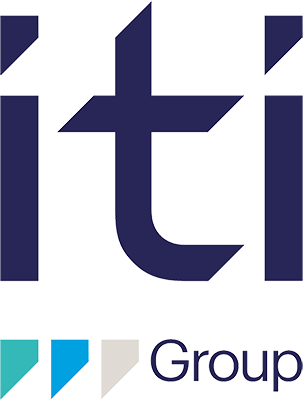Terms & Conditions
• There are 5 Energy Health Checks to give away. Each Energy Health Check includes 1 consultation day from ITI Group & 1 Energy Data Management (EDM) Kit from WAGO which includes
- PFC200 (750-8212) with modules (£985.64)
- 750-495 (£338.02)
- 750-530 (8-channel Digital Output module) (£76.66)
- 750-530 (750-653/003-000 (RS-485 serial module) (£342.88)
- 750-600 (£16.49)
- 787-2850 (24VDC Compact Power supply 1.25A) (£76.63)
- 2857-570/024-001 (3-Phase Power Measurement Module) (£284.19)
- 855-2701/035-001 (Plug-in CT) x4 (£31.81 each, total value £127.24 )
• This Promotion is open to residents of the United Kingdom who are aged 18 or over and employed within the Electrical Industry, excluding employees of the Promoter, its agents and anyone professionally associated with this Promotion.
• No purchase is necessary. Just complete the entry form in full before the closing period of the 17th of May 2024, each person is limited to one entry only.
• Promotion Period: This Promotion will run between 27/03/2024 and 17/05/2024. Each entry will entitle the entrant to an entry into the prize draw. The prize draw will take place within 10 working days of 17/05/2024
• To Enter: Complete the entry from any of the promotional advertisements.
• Each person is limited to a total of one entry throughout the whole promotional period. If multiple entries are submitted from various advertising channels only one entry will be entered into the prize draw.
The energy consultation day from ITI Group can include up to but not guaranteed:
1. Gather Information
• Collect historical energy consumption data, utility bills, and any available documentation related to the factory’s energy usage. Identify peak demand periods and variations in energy consumption.
2. Site Inspection
• Conduct a thorough walkthrough of the factory to observe and document the types of equipment, lighting systems, HVAC systems, and other energy-consuming assets. Note their age, condition, and operational status.
3. Equipment and Machinery Inventory
• Create an inventory of all equipment and machinery, including specifications, age, and usage patterns. Identify energy-intensive equipment and prioritize them for closer inspection.
4. Data Logging and Monitoring
• Install energy meters and data loggers on key equipment and systems to monitor energy consumption over a specified period. This data will provide insights into energy usage patterns and help identify areas for improvement.
5. Interviews and Feedback
• Interview facility personnel, including operators and maintenance staff, to gather insights into daily operations, equipment usage, and any known energy-related issues. Employees often have valuable information about inefficiencies.
6. Review Maintenance Practices
• Evaluate the maintenance practices for equipment and machinery. Inefficient or irregular maintenance can lead to increased energy consumption. Ensure that preventive maintenance schedules are in place and followed.
7. HVAC Systems Inspection
• Assess the efficiency of heating, ventilation, and air conditioning (HVAC) systems. Check for leaks, proper insulation, and optimal temperature settings. Consider upgrading to energy-efficient HVAC equipment if necessary.
8. Lighting Assessment
• Evaluate the lighting systems in the factory. Replace outdated lighting fixtures with energy-efficient alternatives such as LED bulbs. Implement occupancy sensors and lighting controls to reduce unnecessary energy consumption.
9. Process Optimization
• Analyse production processes to identify energy-intensive steps. Evaluate opportunities to optimize workflows, improve equipment efficiency, and minimize energy waste.
10. Energy Management System (EMS)
• Consider implementing an energy management system to monitor and control energy consumption in real-time. An EMS can provide valuable insights and help identify anomalies or inefficiencies.
11. Identify Energy Saving Opportunities
• Analyse the collected data and observations to identify specific energy-saving opportunities. Prioritize recommendations based on potential impact and cost-effectiveness.
12. Cost-Benefit Analysis
• Perform a cost-benefit analysis for each identified energy-saving opportunity. Consider the upfront costs, potential energy savings, and the payback period. This information will help prioritize implementation.
13. Recommendations and Report
• Prepare a comprehensive report detailing the findings, recommendations, and potential energy savings. Include a roadmap for implementation, estimated costs, and projected return on investment.
14. Implementation Plan
• Work with the factory management to develop an implementation plan. This may involve coordinating with relevant departments, securing budget approval, and overseeing the execution of recommended measures.

